Through co-creation sessions, interviews, and a journal activity, the Innovation Hub team working with Sport & Rec strived to understand what makes or breaks a student’s experience when they engage in movement. The Design Research team reflects on valuable lessons they learned and how they honed their ability to collaborate as a team.
Written by the Innovation Hub Sport & Rec Team
In Fall-Winter 2023-24, the Innovation Hub worked with Sport & Rec in a continued partnership from last year, striving to understand the experiences of students not currently engaged with movement offerings, with a focus on students from equity-deserving groups.
This year, our aim was to better understand the specific barriers and enablers that students encounter when engaging in movement for the first time. As design researchers, we were honoured to learn about students’ experiences with Sport & Rec programs and spaces through co-creation sessions, interviews, and an immersive journal activity.
Over the course of this project, not only did we grow as a team, but we also developed our skills as design researchers: we exuded empathy and reflected on how our research can inspire ways for Sport & Rec programs to be equitable, diverse, and inclusive.
Unlocking the Value of Co-Creation
During the project, we presented design principles from the iHub’s previous 2022-23 report to students. These co-creation sessions helped us better understand what did and did not resonate with students. Then, we brainstormed solutions with them for a more inclusive and accessible future at Sport & Rec. By involving students early in the design thinking process, their voices guided our research.
Our team members provided insights into their experiences co-creating the report findings alongside students:
Stella: Co-designing with students is important because it acknowledges that students are experts in their own experiences and needs. Engaging with students who use Sport & Rec facilities and programs fostered an environment where their feedback and ideas could be interwoven into the design process, ensuring the end results truly resonate with their needs, preferences, and experiences.
Lauren: This experience was more than just a project; it was a lesson in empathy, innovation, and pushing the boundaries of conventional design. For me, co-creation isn’t just a methodology, but a bridge, to truly connect with and understand the community we aim to serve. Designing with communities is about creating spaces that welcome everyone because they were made in partnership with the people who will use them.
Through our research, we learned how to step into the shoes of students who engaged in movement for the first time to understand their struggles, hesitations, small wins, and meaningful moments.
Appreciating the Art of Design Research
To deepen our understanding of beginner programs at an experiential level, we enlisted design researchers from our own team and other iHub members to attend a Sport & Rec beginner program. Afterwards, we conducted one-on-one interviews and an immersive journal activity for attendees to journal about the details of their experiences. These methods of data collection influenced our personal relationships with movement and allowed us to build a deeper sense of empathy for students’ interactions with Sport & Rec programs and spaces.
Ayra: As a KPE student, I enjoyed comparing my understanding of movement with that of a diverse array of individuals. By learning about people’s experiences with movement, both positive and negative, I’ve cultivated a curiosity about how movement can be made more accessible to those encountering barriers. This project has motivated me to integrate many new forms of physical activity into my daily life!
Larry: I facilitated an interview session and journalled about my experience in a beginner program to understand the challenges students face before and as they engage in movement. Hearing and feeling the combination of success and challenging stories of students as well as walking in their shoes during the beginner program has earned me a newfound appreciation of what it takes to be a design researcher.
Immersing ourselves in the project through the beginner programming and journaling helped us learn that design research involves more than just asking questions during an interview and jotting down notes for a field study. It is also about the continuous application of empathy and critical thinking to uncover genuine insights, and then being able to share those insights in an engaging manner.
Empowering Students Voices
In design research, insights often require time for implementation. When it came to conveying our research findings to our project partners, we focused on crafting a final presentation that would leave a lasting impression. We wanted our audience to share the emotions that students felt when they engaged in movement for the first time at Sport & Rec. We also wanted to share memorable and relatable nuggets of insight. Our aim was to inspire change on both a personal and organizational level.
Sofi: Our job was not to pick and choose the most compelling stories, but rather to weave each student’s experience into a cohesive narrative that inspires project partners and excites them about the endless possibilities for the future of Sport & Rec. The work that we delivered as a team far surpassed my expectations. I attribute our achievements to innovative creativity, relentless teamwork and of course, the students who were willing to share their experiences with us.
During our final presentation, the eagerness of our project partners to learn and reflect on ways to improve Sport & Rec was rewarding in and of itself. We felt their excitement and we were proud to be able to provide a genuine platform to share student stories.
Celebrating Our Growth
Each of us had to step out of our comfort zone more than once during this project, which allowed us to grow as design researchers. We challenged each other to think bigger and find new ways to look at the data points. This helped us persevere through multiple iterations of the final report. We hope that the insights from this project lead to new, meaningful experiences for students—experiences that allow students to find freedom beyond academic settings.
Our team would like to thank everyone involved in this project and those who made this research possible. We’d also like to encourage readers to explore the diverse opportunities on campus to get engaged with Sport & Rec programs and spaces. Who knows—you may discover a new hobby, reignite an old passion, or forge new friendships!
Additionally, you can find the final report to learn about our findings. We invite you to explore our findings from the year and immerse yourself in the insights we gathered from our student participants.
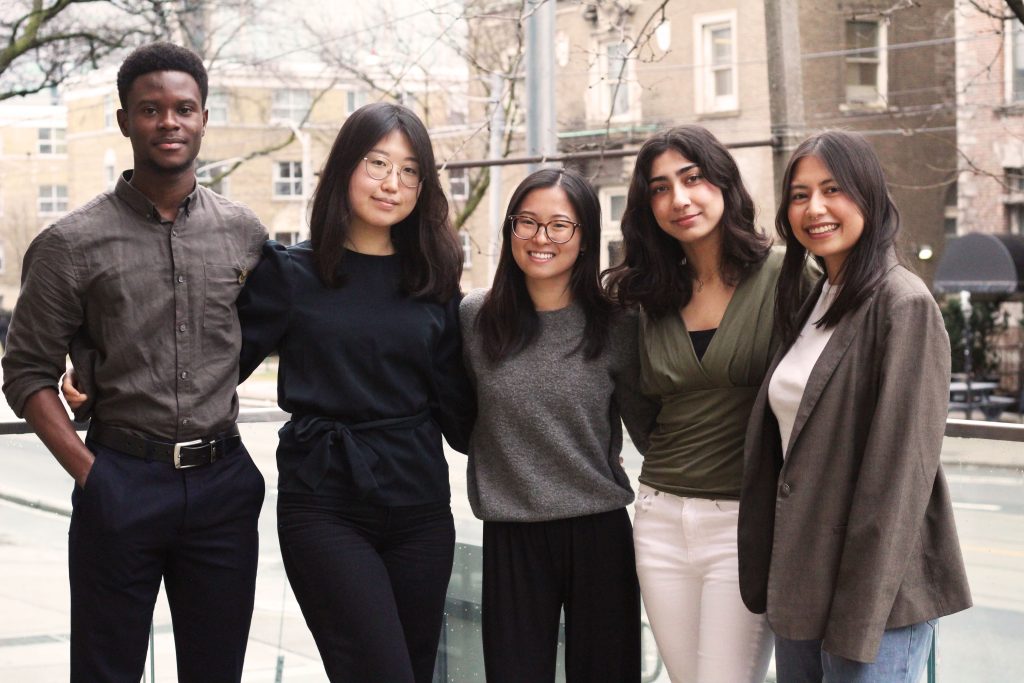

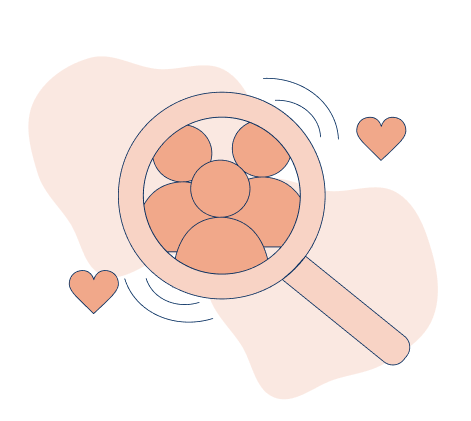

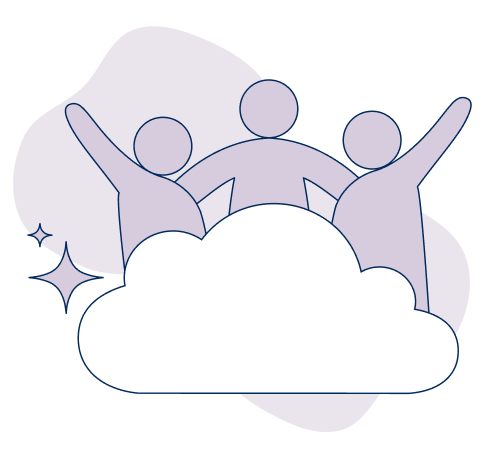

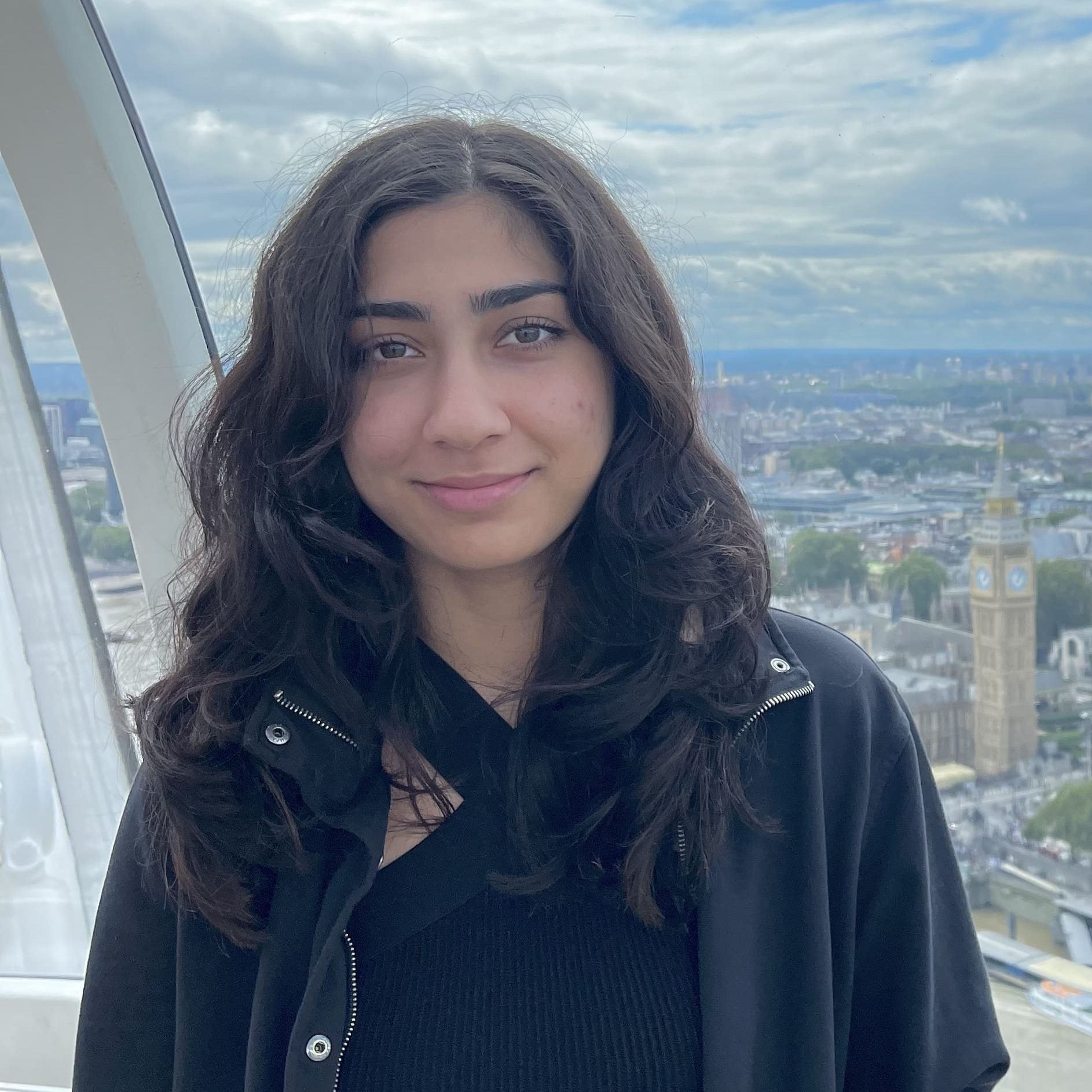
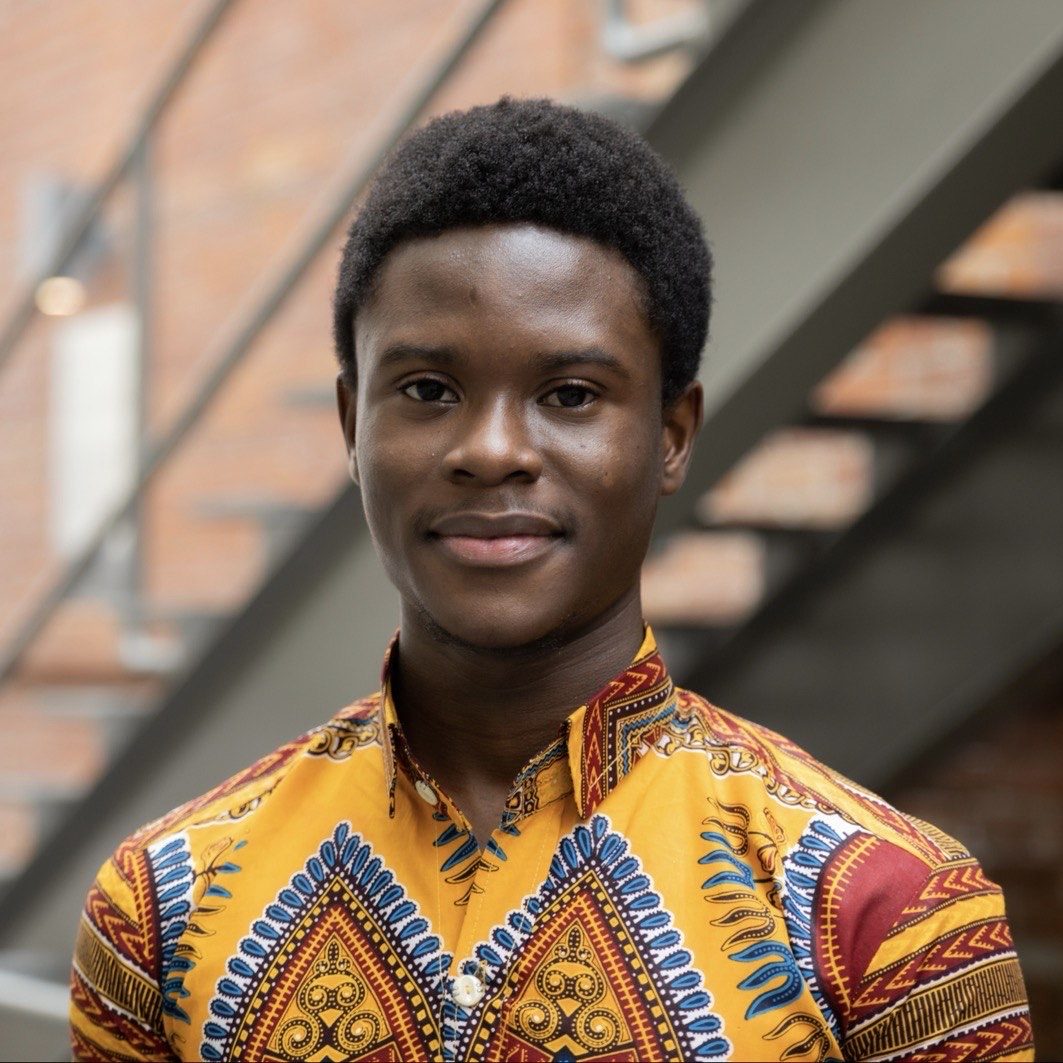
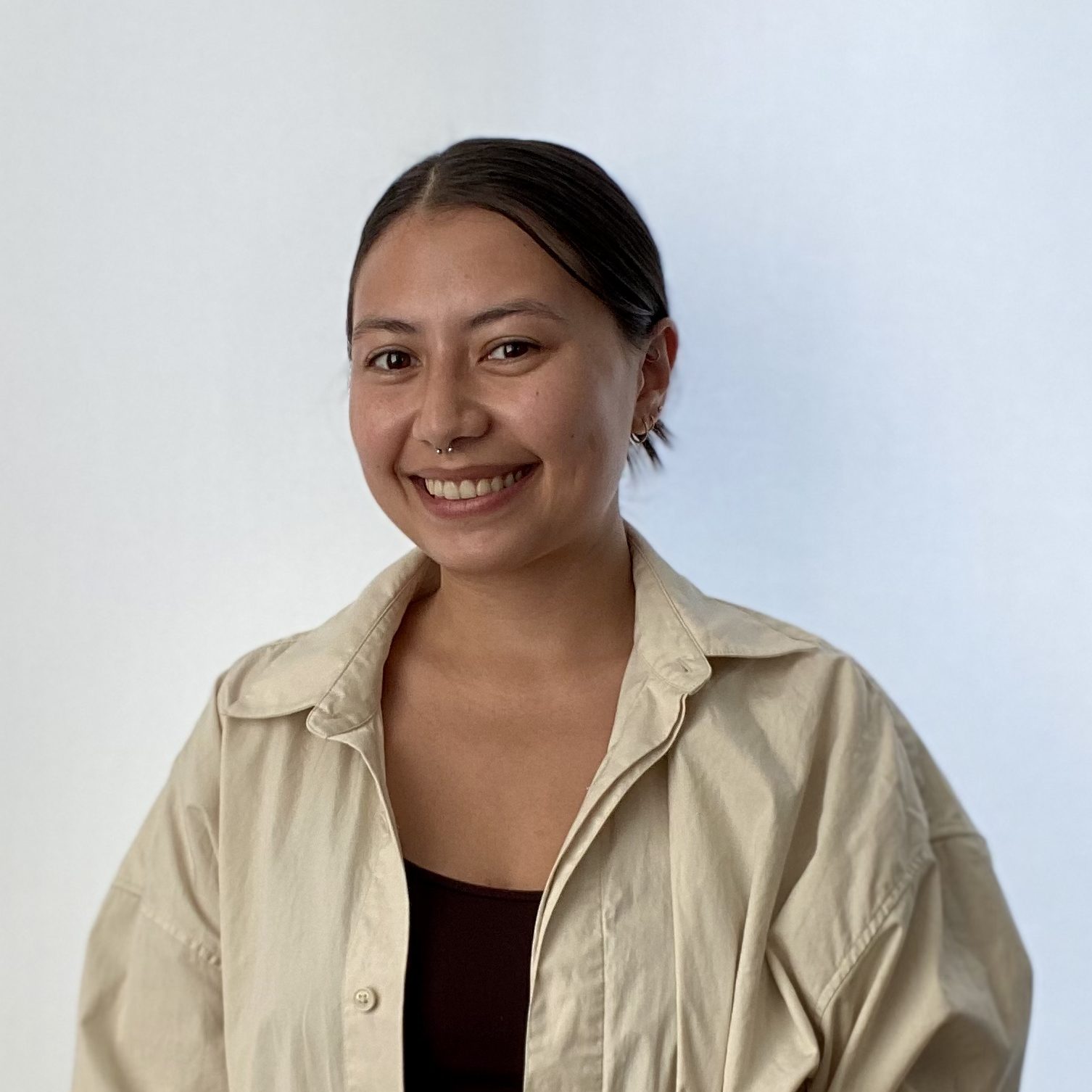
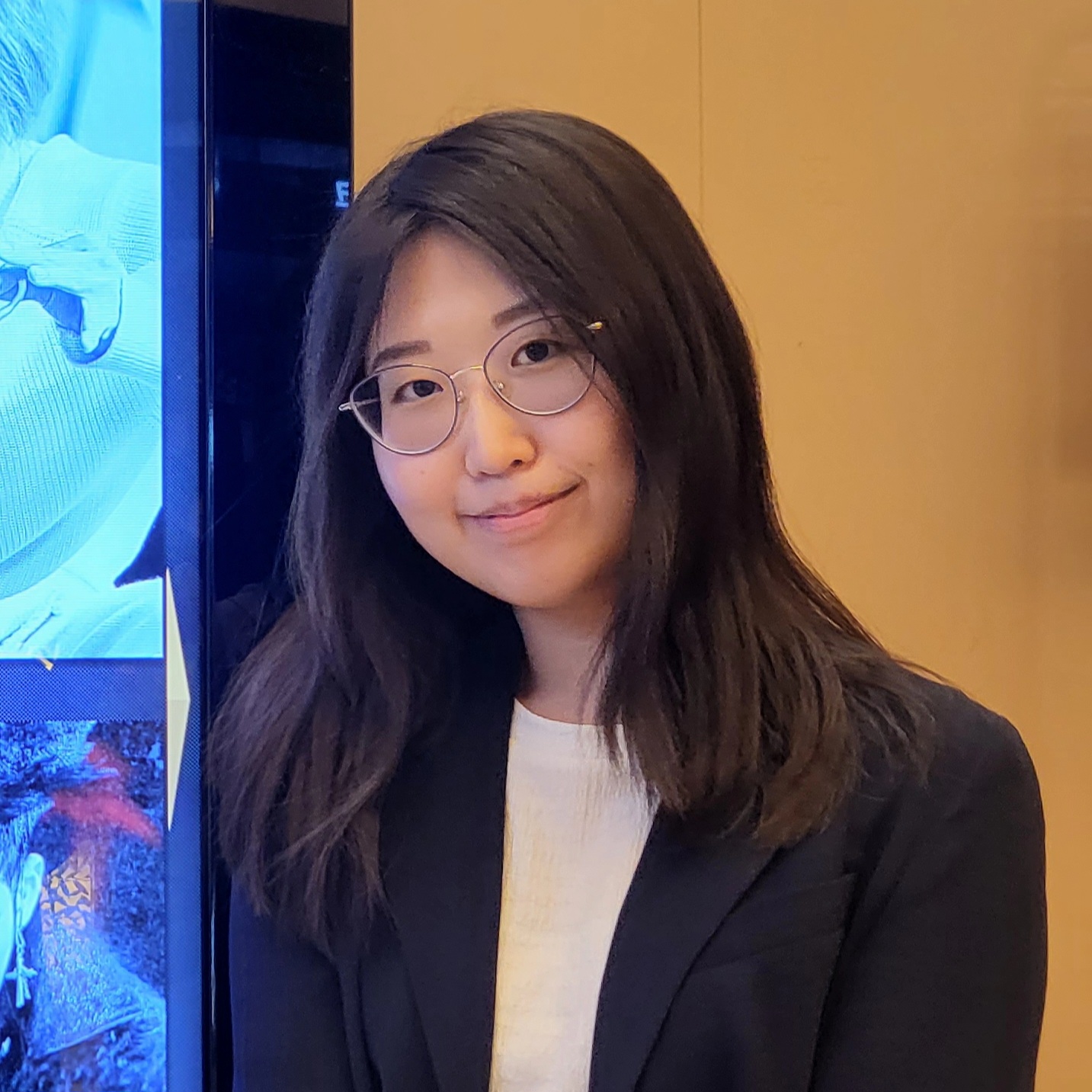
0 comments on “Team Reflections: Co-Creating the Future of Sport & Rec ”